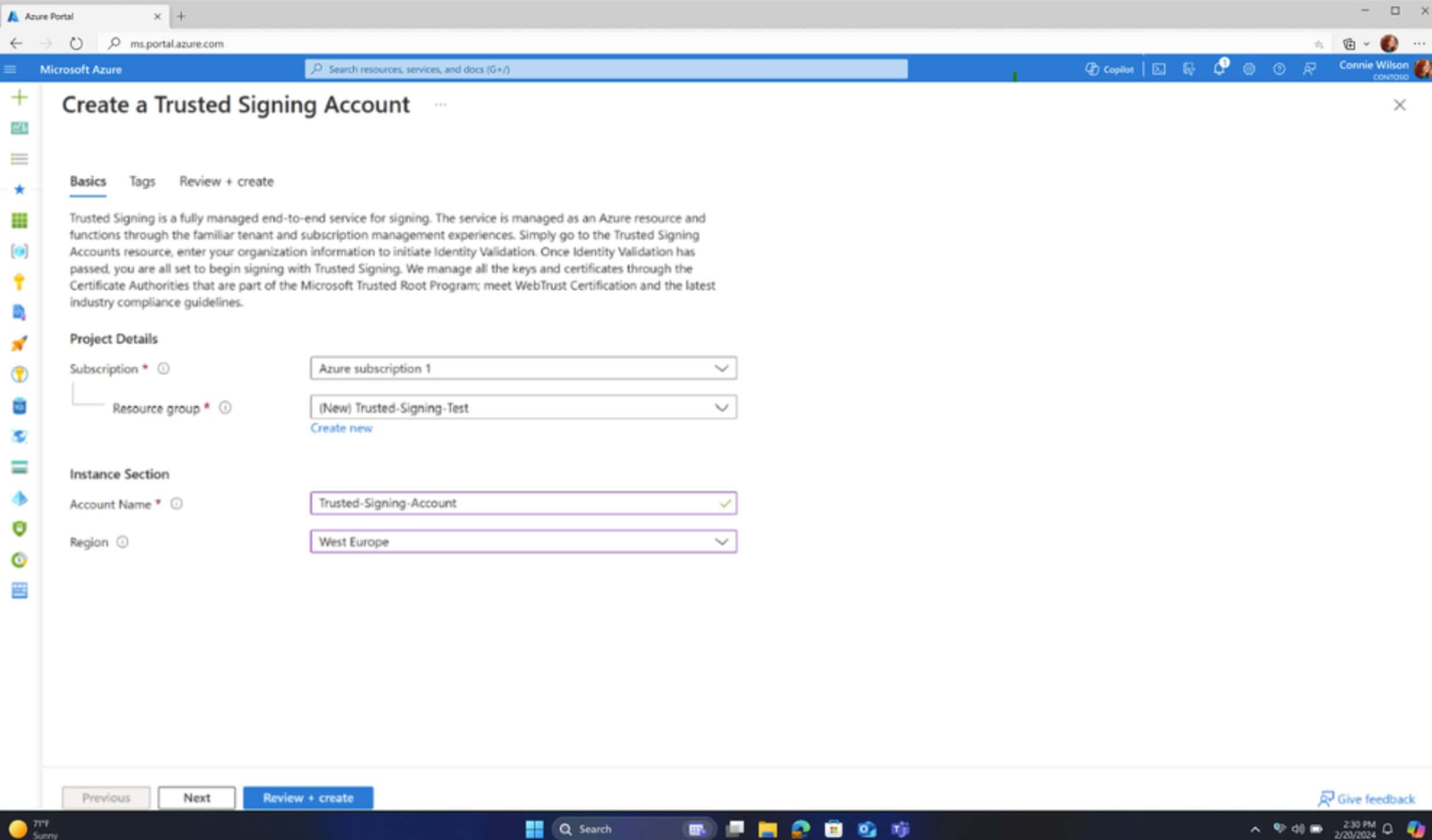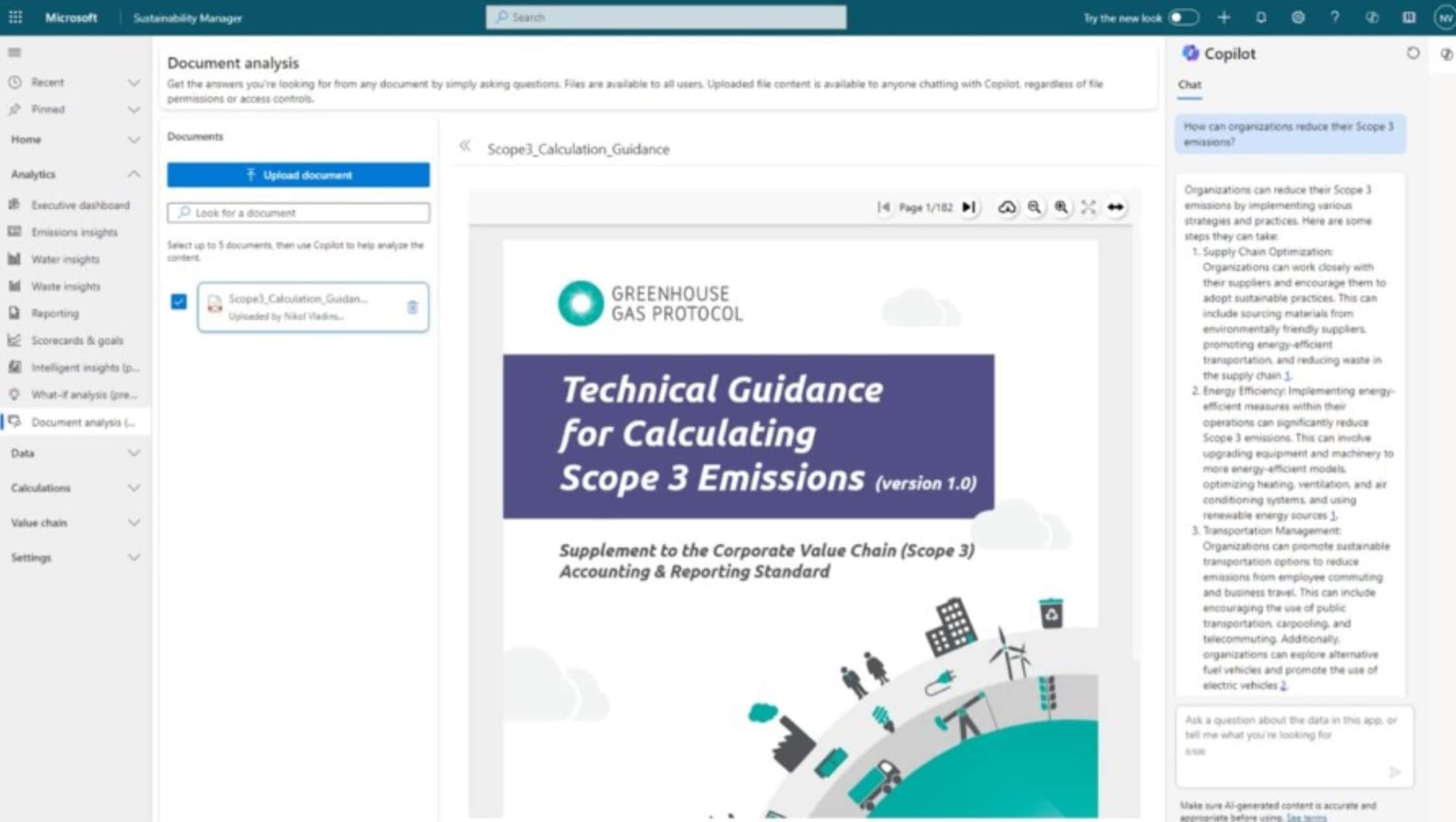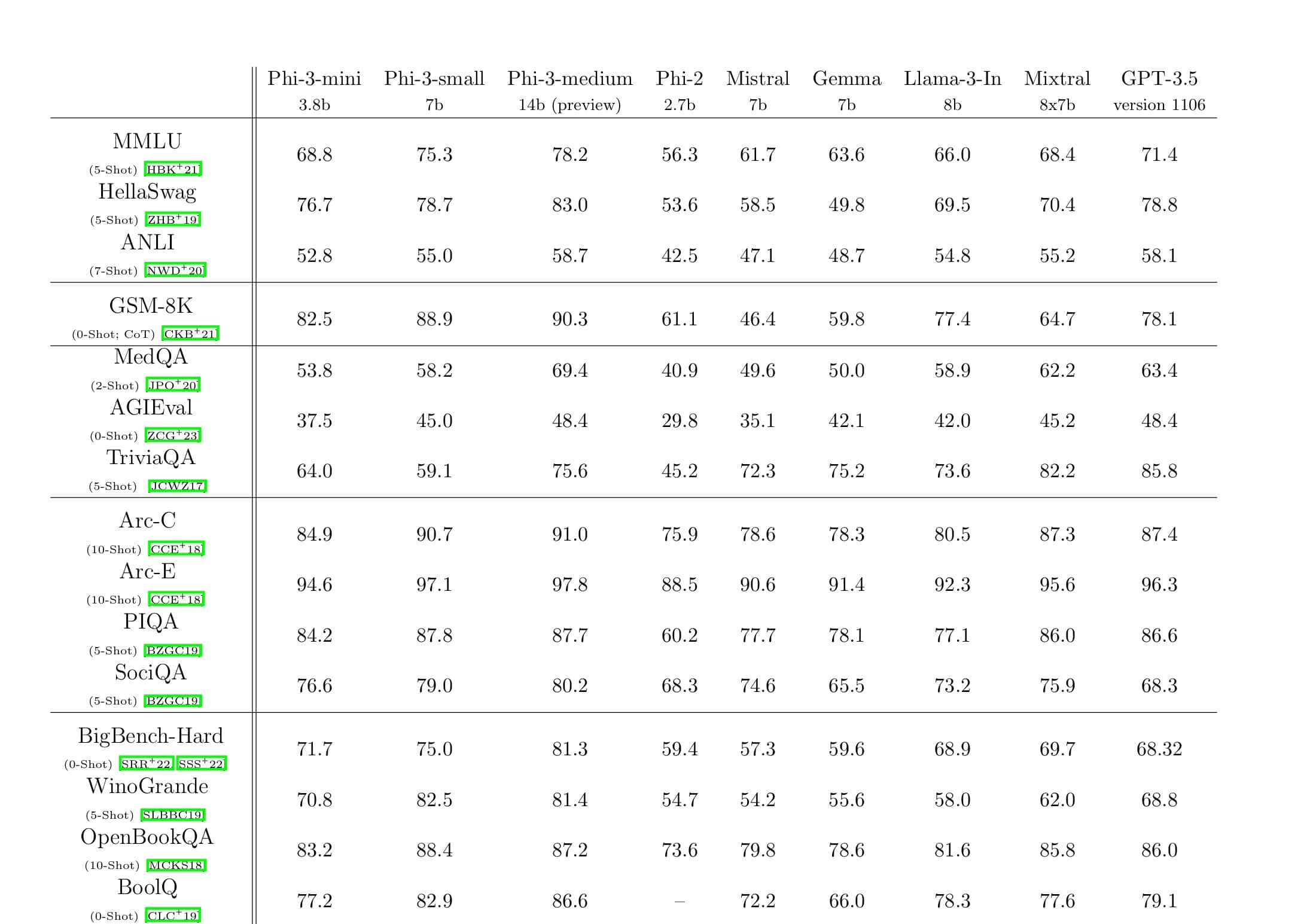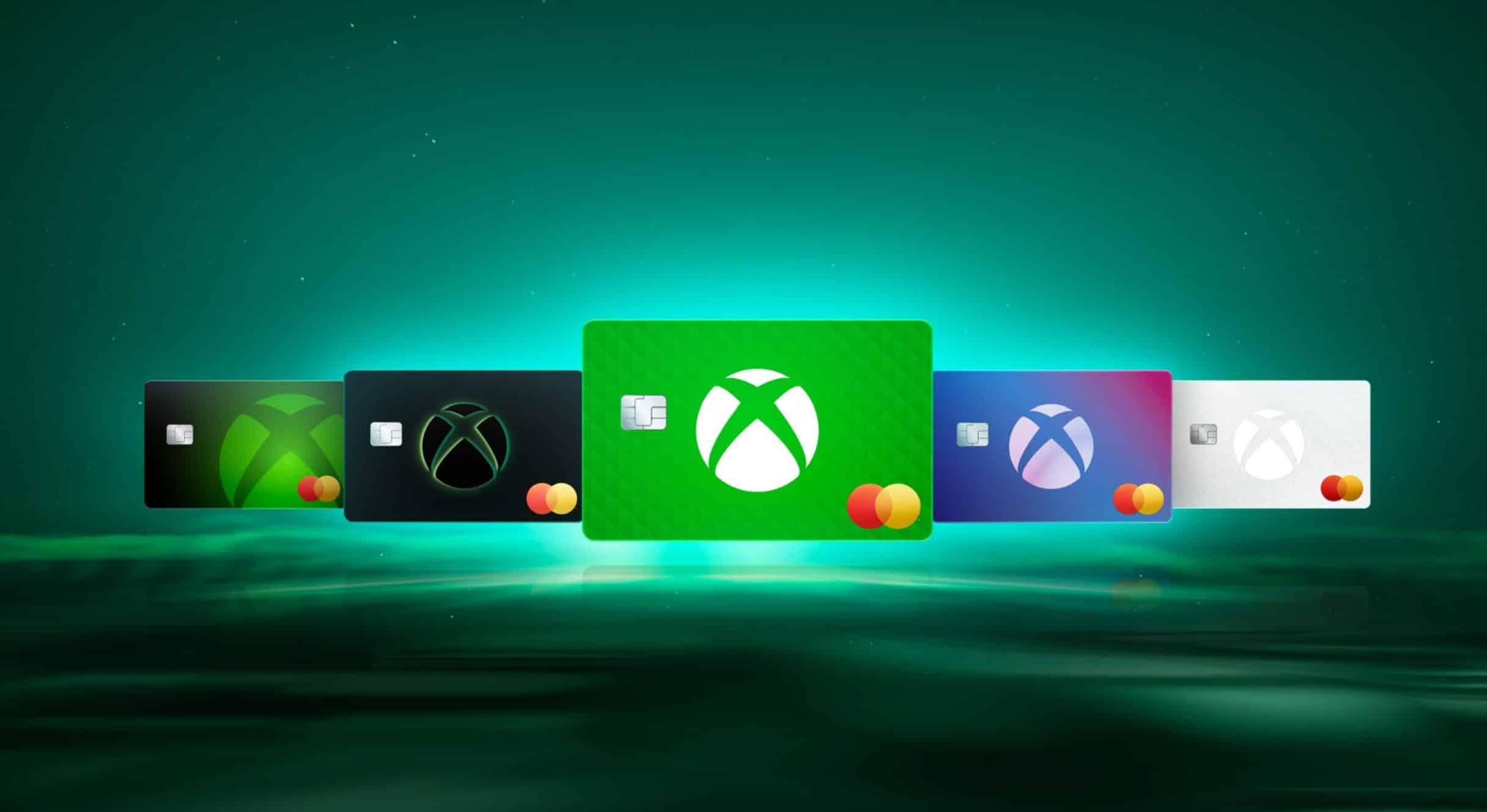Latest Microsoft patent shows how display calibration should be done in dual-screen devices
2 min. read
Published on
Read our disclosure page to find out how can you help MSPoweruser sustain the editorial team Read more
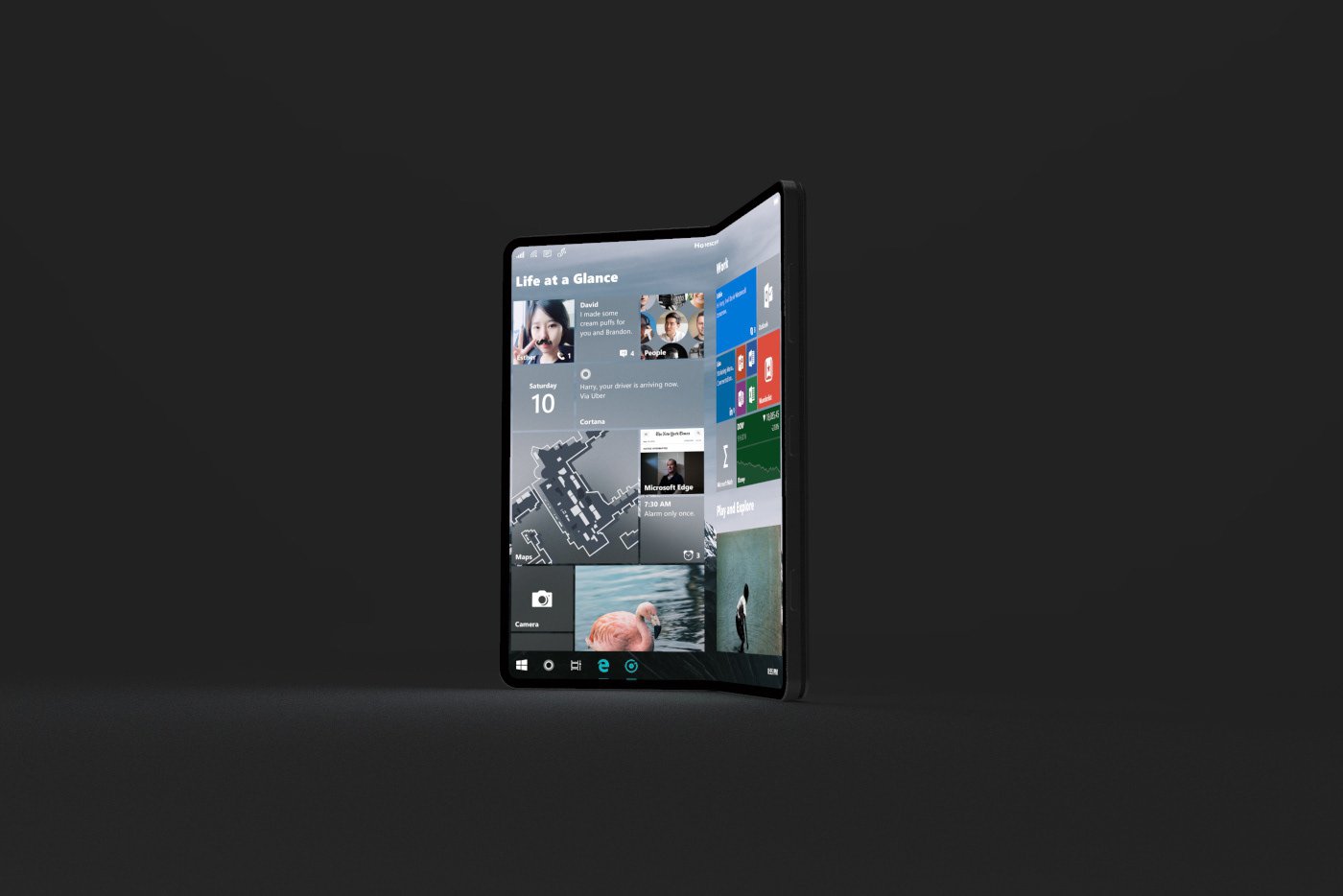
Microsoft is believed to be working on its dual-screen device running Windows 10. The company filed numerous dual-screen device patents and hence it’s actually quite difficult for any one of us to speculate how the dual-screen device by Microsoft will like.
It is now going to be more difficult as yet another patent of the foldable device from Microsoft has emerged. As first spotted by WindowsLatest, the patent titled ‘Manufacture and Optional Calibration methods for displays’ was filed by Microsoft in October 2017 and published by U.S. Patent Office on April 4, 2019.
This, however, isn’t your regular Microsoft dual-screen device patent that talks only about hinges. The latest one tries to explain the methods to calibrate the displays and why it is important not to follow the conventional display calibration techniques when it comes to dual-screen devices.

In its patent filing, Microsoft notes that methods that manufacturers follow to calibrate displays in today’s smartphone won’t be able to ensure optical equivalence in dual display devices, resulting in inconsistencies in viewings. To bypass the issue, Microsoft has created a plurality of One Time Programmable(OTP) values for each display so that you get the exact same display color, lumination on both the displays.
“A method for optical calibration of a plurality of displays is provided. The method may include, at a manufacturing stage, creating a plurality of one-time programmable (OTP) values for each display. Each OTP value may include a value of manufacture gamma voltage corresponding to a manufacture luminance and color value for a respective display. The method may include storing the plurality of OTP values in a corresponding non-volatile memory of each respective display,” explains Microsoft.




